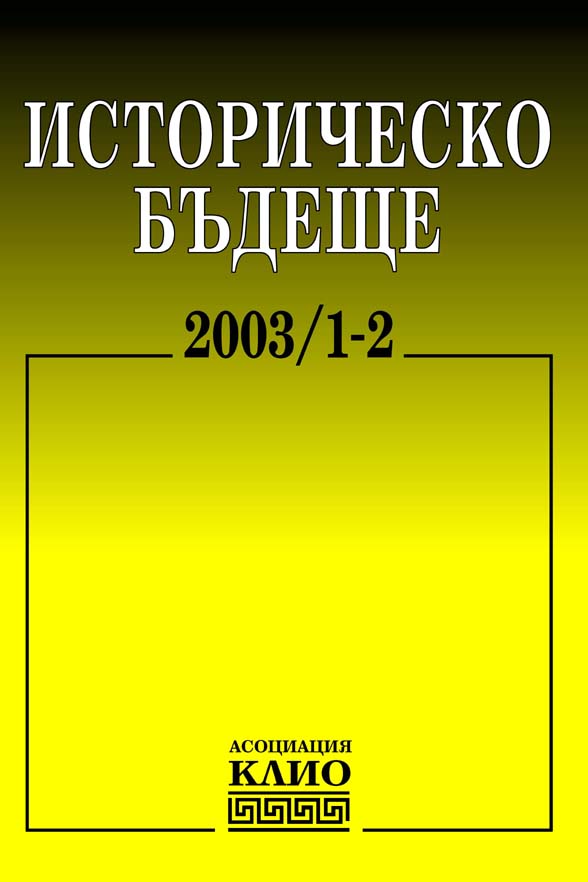Евразийският свят до появата на тюрките
The Eurasian World Prior to the Appearance of the Turkic Peoples
Author(s): Valery StoyanowSubject(s): History
Published by: Асоциация Клио
Keywords: ancient Eurasia; Indo-Europeans; Indo-European languages
Summary/Abstract: In the study an attempt is made to chronologically outline the main stages of the history of ancient Eurasia (600 000 – 8th/7th centuries BC?). The data are combined with hypotheses and conjectures that need additional argumentation before being confirmed or denied with the methods of traditional branches of scholarship. A significant space is allocated to the problems of the appearance of the religious notions and of religion (differentiated by the author) as well as to the theories of the glottogenesis. The author takes the view that the still unformed preanimistic notions are at the root of the religion which appeared at a considerably later time. He also suggests a three-stage scheme of the transition from poly- to monotheism. The problem of the origin of the language, not only from a philosophical point of view, but also with a view to physiology, historical anthropology and even linguistics itself, is defined as a more complex one. The author maintains the hypothesis of the polymorphological nature of the primary combinations of sounds, out of which the parts of speech arose and differentiated in the course of language development. He leans upon the theory of the polygenesis, or of the multitude of local monogeneses of the primary languages. The hypothesis raised here of the glottological disintegration and synthesis does not reject the existence of the “parent languages” but places them rather later in time and explains their genesis in a different way — through the synthesis of related and unrelated kinds of speech whose bearers had been in contact and had carried out verbal communication in a comparatively common territory. It presents more flexible possibilities of interpreting certain similarities between languages of entirely different and often unrelated linguistic families. In the study considerable space is allocated also to the significance of the climatic factor for the appearance of both the Neoanthropos and the subsequent formation of the first big ethno-cultural groups (after the eleventh millenium BC). In relation to this the author examines the question of the place of the Indo-European land of origin. The hypotheses he puts forward about the period up to the 8th – 7th centuries BC are supported by archaeological and written data about ancient cultures as well as by linguistic material.
Journal: Историческо бъдеще
- Issue Year: 2003
- Issue No: 1-2
- Page Range: 3-45
- Page Count: 43
- Language: Bulgarian
- Content File-PDF

